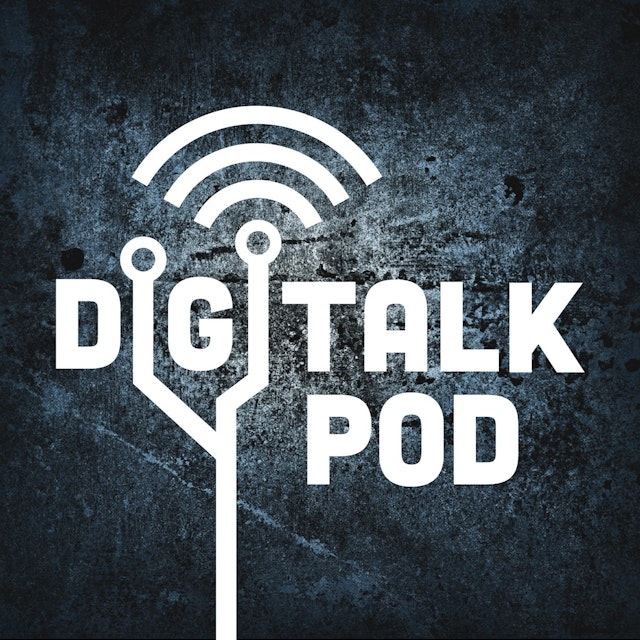Guest: Professor Rikard Söderberg, Chalmers University of Technology, Head of Department of Industrial and Materials Science and Director of Wingquist Laboratory.
“If we feed our simulation algorithms with real-time data, we can compensate [geometrical deviations] and optimize the production”.
Professor Rikard Söderberg takes us to a journey from the dawn of the engineering discipline of geometrical assurance to the digital twin as key to manage product tolerances and adjust the production according to the varieties of the upcoming products.
The goal? Reduce costs, waste, and improve quality. Speaking about research utilization and marketable innovation, Rikard invites current budding researchers-entrepreneurs to keep their vision tight and to work hard in a journey that can last for up to 20 years.
• Rikard introduces the episode by talking about how his different professional roles act in synergy. He also stressed the importance of focus, vision (personal effectiveness) and elimination of time waste (personal efficiency).
• Rikard Söderberg continues with the history of geometrical variation and geometrical assurance as engineering discipline in manufacturing/production research. Despite this discipline being quite “traditional”, he stressed the importance of bringing it to the industrial practice in order for companies to achieve cost reduction and value-creation opportunities in terms of quality, both “real” and “perceived”.
• Rikard explained the alternatives of securing quality upfront by putting proper tolerances on key features of the product (the stricter tolerances are, the more expensive they will be), as opposed to be “more relaxed” in product design but run higher quality-related and functionality-related risks during the use phase of the product. Software packages can help companies manage this trade off in early product development phase.
• Rikard introduced the concept of the digital twin, a digital copy of the real world product. This digital twin of the product “works” through simulation algorithms that are fed with real-time data from the shop floor. The digital twin needs to be precise and accurate. But, again, what’s good enough? Can we scan same takt time as the production line?
• Rikard talks about the “reparatory” power of software programs combining analytics and production simulation that compensate in production what goes wrong as the product gets manufactured. However, calculations of these “compensations” need to be made in the same takt time of the production line, and this is a challenge. Opportunities exist, though. Components can be scanned when they leave the supplier’s site.
• In relation to the software packages with the capabilities described above, Rikard added that the tougher the competition is in the market for manufacturers, the higher the need for tools for tolerancing is.
• Speaking about innovation, Rikard invites current budding researcher-entrepreneurs to keep their vision tight and to work hard. Results can show up in up to 20 years.
• A final line from Rikard: “Coming from product development, the final validation is when somebody buys your product”.
Check out some of his publications:
Rikard Söderberg, Kristina Wärmefjord, Julia Madrid, Samuel Lorin, Anders Forslund, Lars Lindkvist. An information and simulation framework for increased quality in welded components. CIRP Annals, Volume 67, Issue 1, 2018
Edward Morse, Jean-Yves Dantan, Nabil Anwer, Rikard Söderberg, Giovanni Moroni, Ahmed Qureshi, Xiangqian Jiang, Luc Mathieu. Tolerancing: Managing uncertainty from conceptual design to final product. CIRP Annals,Volume 67, Issue 2, 2018, Pages 695-717.
Rikard Söderberg, Lars Lindkvist, Kristina Wärmefjord, Johan S. Carlson, Virtual Geometry Assurance Process and Toolbox. Procedia CIRP, Volume 43, 2016, Pages 3-12,
DigiTalk Pod näytetään tässä palvelussa avoimen RSS-syötteen kautta. RSS-syötteen tiedostot, kuvaukset, kansikuvat ja muu metadata ovat podcastin omistajan omaisuutta, eivätkä ole yhteydessä Podplayn kanssa.
